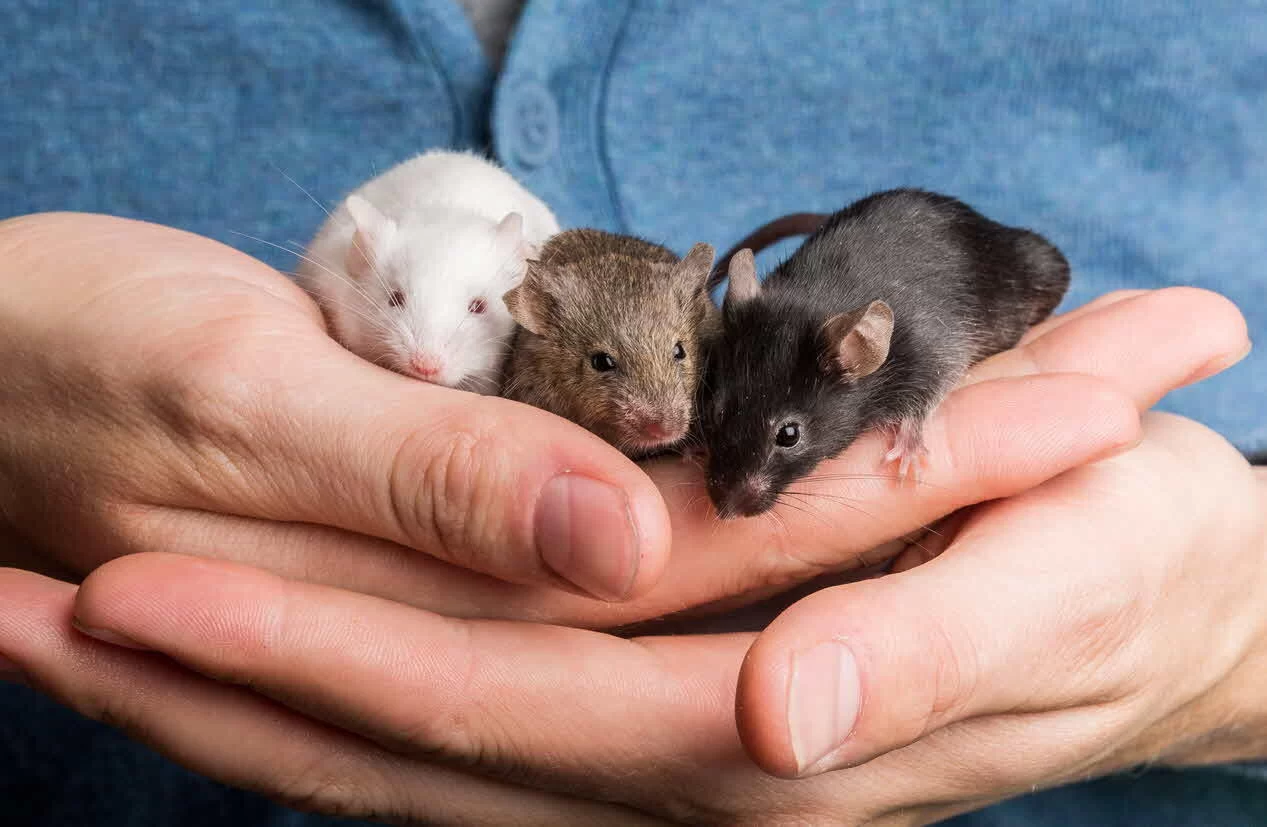How to Train a Pet Mouse to Be Handled: Essential Tips for Successful Mouse Handling
- 1. Understanding Mouse Behavior
- 2. Creating a Trustful Environment for Your Mouse
- 3. Step-by-Step Guide to Handling Your Pet Mouse
- 4. Troubleshooting Common Challenges in Mouse Training
- 5. Real-Life Stories of Training a Pet Mouse
1. Understanding Mouse Behavior
Before you can train your pet mouse to be handled, it’s important to understand its natural behavior. Mice are prey animals by nature, and as such, they tend to be cautious and sometimes skittish when interacting with humans. This instinct to be wary is part of their survival mechanism, which makes trust-building an essential part of the training process.
Unlike cats or dogs, mice don’t naturally seek out human interaction. Therefore, the first step in any training process is ensuring that your mouse feels safe in its environment. Patience is key, as pushing a mouse too quickly into handling can create fear and make the process take longer.
2. Creating a Trustful Environment for Your Mouse
To train a pet mouse to be handled successfully, the first step is to create an environment that fosters trust. This means allowing your mouse to acclimate to its new home before attempting any handling. Here are some tips to create the ideal space:
- Give Them Time: Allow your mouse time to explore its cage and surroundings. Don’t rush the introduction process. Give them a few days to feel comfortable.
- Provide Hiding Places: Mice love to feel secure. Ensure that your pet has hiding places, such as small tunnels or cardboard boxes, where they can retreat if they feel stressed.
- Consistent Routine: A consistent feeding and cleaning routine helps your mouse feel secure and develop a sense of predictability in its environment.
Once your mouse is comfortable in its environment, you can begin to establish a relationship with it. You can do this by offering food from your hand or sitting near the cage and speaking softly to your mouse. The goal is to build trust gradually, so don’t rush the process.
3. Step-by-Step Guide to Handling Your Pet Mouse
Once you’ve built some trust with your pet mouse, it’s time to start the actual training process for handling. Here is a step-by-step guide:
- Step 1: Hand Feeding - Begin by offering food to your mouse from your hand. This allows them to associate your presence with something positive. Hold the food gently and give them time to approach you.
- Step 2: Gentle Approach - After your mouse starts eating from your hand, gently move your hand closer to the mouse. Don’t make any sudden movements, as this might startle them. Allow the mouse to get used to your hand being in their space.
- Step 3: Lifting the Mouse - Once your mouse is comfortable with your hand being near them, you can begin to gently lift them. Start by cupping your hand underneath their belly, supporting their body. Be sure to lift them slowly and support their back legs, as mice can be sensitive to sudden movements.
- Step 4: Short Sessions - Keep initial handling sessions short and gentle. Gradually increase the length of time you handle your mouse as they become more comfortable with the interaction.
- Step 5: Positive Reinforcement - Always reward your mouse with treats or affection after each handling session. This helps them associate being handled with positive experiences.
4. Troubleshooting Common Challenges in Mouse Training
Training a pet mouse can present a few challenges, and it’s important to be prepared for setbacks. Here are some common issues you might face and how to address them:
- Mouse Feels Scared: If your mouse becomes frightened during handling, give them space and try again later. Some mice take longer to trust, and forcing them can cause lasting fear.
- Mouse Bites: If your mouse nips at you, it’s likely a sign of fear or territorial behavior. Avoid quick movements and try again after allowing the mouse to calm down. Avoid handling the mouse immediately after they’ve eaten or during high-stress times.
- Mouse Is Avoiding You: If your mouse is consistently avoiding you, reassess the environment. It might be too stressful, or the mouse may still need more time to adjust to their surroundings.
Remember, patience and consistency are key. If needed, take a break and return to the training when your mouse is more comfortable.
5. Real-Life Stories of Training a Pet Mouse
To inspire you, let’s look at some real-life stories of successful pet mouse training:
For instance, Sarah, a pet mouse owner from the UK, started by giving her pet, Whiskers, a few days to get used to her presence. She used food to encourage Whiskers to approach her hand. After several weeks of gradual hand-feeding, Sarah began to lift Whiskers, and now, Whiskers enjoys sitting on Sarah’s hand and being gently petted.
Similarly, Mark from the United States adopted a shy mouse named Cheddar. Through consistent training, including short handling sessions and positive reinforcement with treats, Cheddar eventually became comfortable being handled and now enjoys running through Mark’s hands during playtime.
These stories illustrate that with patience and consistency, any mouse can learn to trust and enjoy being handled. Every mouse is different, so don’t be discouraged if progress seems slow at first. Trust-building takes time.










